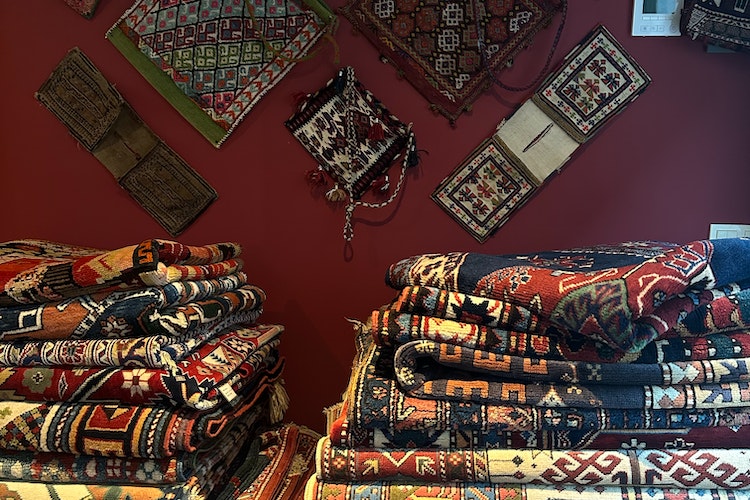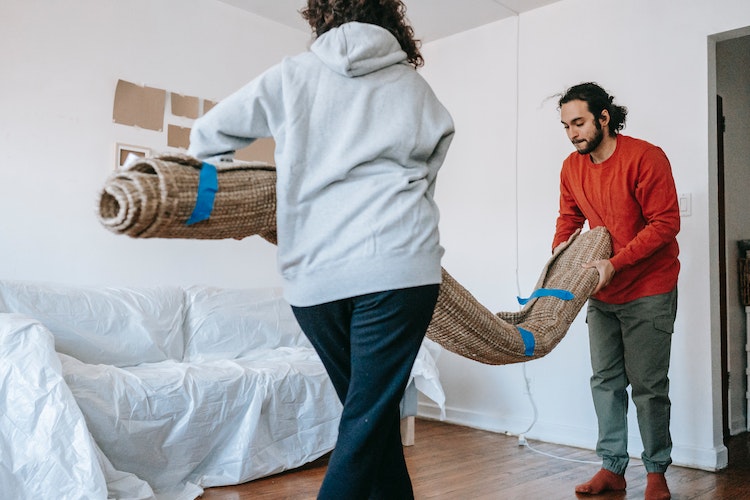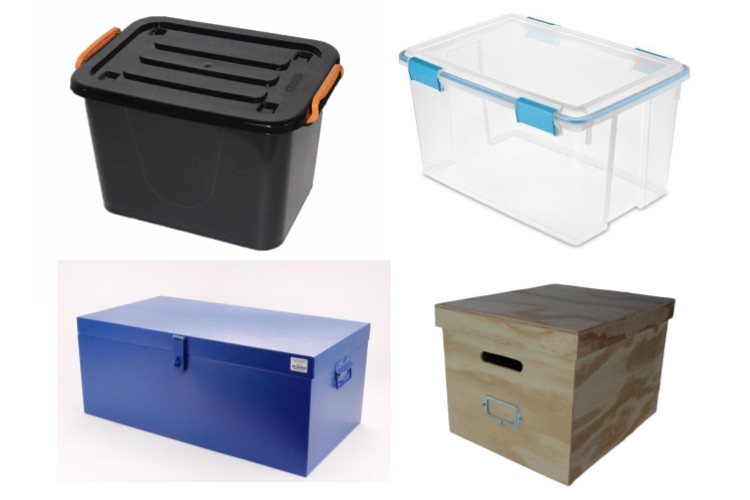How to store a rug
Properly storing a rug is crucial to preserving its quality and prolonging its lifespan. Whether you are storing a valuable antique rug or a cherished family heirloom, taking the necessary precautions will ensure that your rug remains in pristine condition for years to come.
When a rug is not stored correctly, it can suffer from a range of issues such as moth damage, mould growth, fading, and even deformation.
To avoid these problems, it is important to understand the proper techniques on how to store a rug and implement them accordingly.

Preparing a rug for storage
Before storing your rug, it is essential to prepare it properly to minimize the risk of damage. The first step is to thoroughly clean the rug to remove any dirt, dust, or debris that may have accumulated over time.
This can be done by vacuuming the rug on both sides, using a low-power setting to avoid any potential damage to the delicate fibres.
Once the rug has been vacuumed, it is important to inspect it for any stains or spills. If there are any visible stains, it is crucial to address them before storing the rug.
Depending on the type of stain, you may need to use a specific cleaning solution or seek professional help. By addressing stains promptly, you can prevent them from setting in and becoming more challenging to remove later.
After cleaning, it is important to ensure that the rug is completely dry before storing it. Moisture can lead to mould growth and create the perfect environment for pests such as moths.
To dry the rug, lay it flat in a well-ventilated area, away from direct sunlight or heat sources. Depending on the size and thickness of the rug, it may take several days to dry completely.
Rolling vs. folding
Once your rug is clean and dry, you have two options for storing it: rolling or folding. While both methods have their advantages, rolling is generally considered the best option for long-term storage.
Rolling a rug prevents creases and folds that can lead to permanent damage. To roll a rug, start by gently folding one end over, aligning the edges as you go.
Continue rolling the rug tightly, maintaining even tension throughout the process. When you reach the end, secure the rolled rug with cotton or muslin fabric strips to prevent it from unravelling.
If you choose to fold your rug instead, it is essential to do so carefully to avoid creating sharp creases. Begin by folding the rug in half, aligning the edges as precisely as possible.
Then, fold it in half again, creating a smaller rectangle. Repeat the process until the rug is folded to a manageable size. To prevent creases from forming, place acid-free tissue paper between each fold.

Choosing the right storage location
Selecting the right storage location is crucial to maintaining the quality of your rug. The ideal storage area should be cool, dry, and well-ventilated. Avoid areas that are prone to high humidity or extreme temperature fluctuations, such as basements or attics. These conditions can promote mould growth and cause irreversible damage to your rug.
If possible, choose a storage space that is away from direct sunlight. Over time, exposure to sunlight can cause the colours of your rug to fade. If sunlight is unavoidable, consider using UV-blocking window film or blinds to protect your rug.
Additionally, ensure that the storage area is clean and free from any potential hazards such as pests or chemicals. Regularly inspect the storage space to detect any signs of pests or moisture. Taking preventative measures such as using mothballs or cedar chips can help deter pests from infesting your stored rug.
Using protective coverings for rug storage
To provide an extra layer of protection, it is advisable to cover your stored rug with a breathable fabric. Avoid using plastic or vinyl coverings, as these can trap moisture and promote mould growth. Instead, opt for cotton or muslin fabric, which allows air to circulate and prevents condensation.
Before covering the rug, ensure that it is completely dry to prevent the growth of mould or mildew. Wrap the rug loosely, allowing for some air circulation. Avoid wrapping the rug too tightly, as this can lead to creases or deformation over time.
Regular maintenance during rug storage
While your rug is in storage, it is essential to perform regular maintenance to prevent any potential issues. Every few months, inspect the rug for signs of pests, moisture, or damage. If any issues are detected, take immediate action to address them before they worsen.
Additionally, it is recommended to rotate the rug periodically to avoid prolonged pressure on specific areas. This will help distribute the weight evenly and prevent uneven wear. When rotating the rug, be cautious not to drag or pull it, as this can damage the fibres.

Unpacking and reusing a stored rug
When the time comes to retrieve your stored rug, it is important to unpack it carefully to avoid any damage. Start by removing any coverings or wrappings, ensuring that the rug is completely free from moisture or debris. Allow the rug to acclimate to the room’s temperature and humidity for at least 24 hours before placing it on the floor.
To flatten a rolled rug, gently unroll it and lay it flat on the floor. If there are any creases or wrinkles, place heavy objects such as books or furniture on the affected areas to help flatten them over time.
For folded rugs, unfold them gently, taking care to avoid sharp creases. Allow the rug to rest flat on the floor, and the creases should gradually disappear.
In Summary
Properly storing a rug is essential to preserve its quality and ensure its longevity. By following the steps outlined in this guide, you can minimize the risk of damage and keep your rug in excellent condition.
Remember to clean and dry the rug thoroughly before storage, choose the right storage location, and use protective coverings to prevent moisture and pests.
Perform regular maintenance and take immediate action if any issues arise. When it’s time to retrieve your rug, unpack it carefully and allow it to acclimate before placing it back on the floor.
By investing time and effort into proper rug storage, you can enjoy your rug for years to come, knowing that its beauty and quality are well-preserved.


